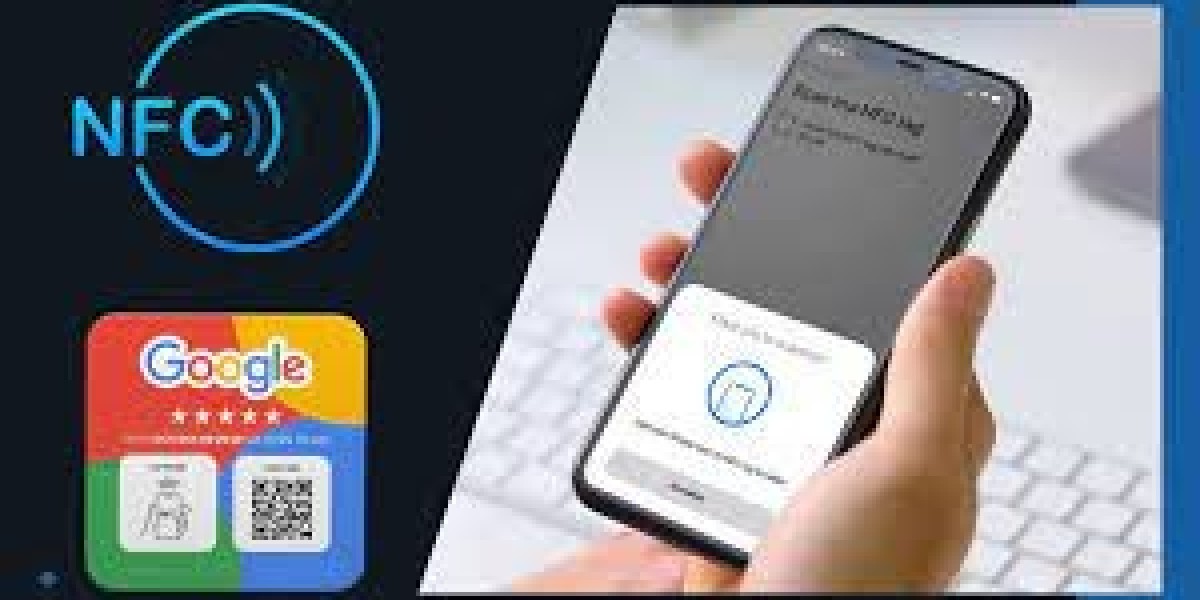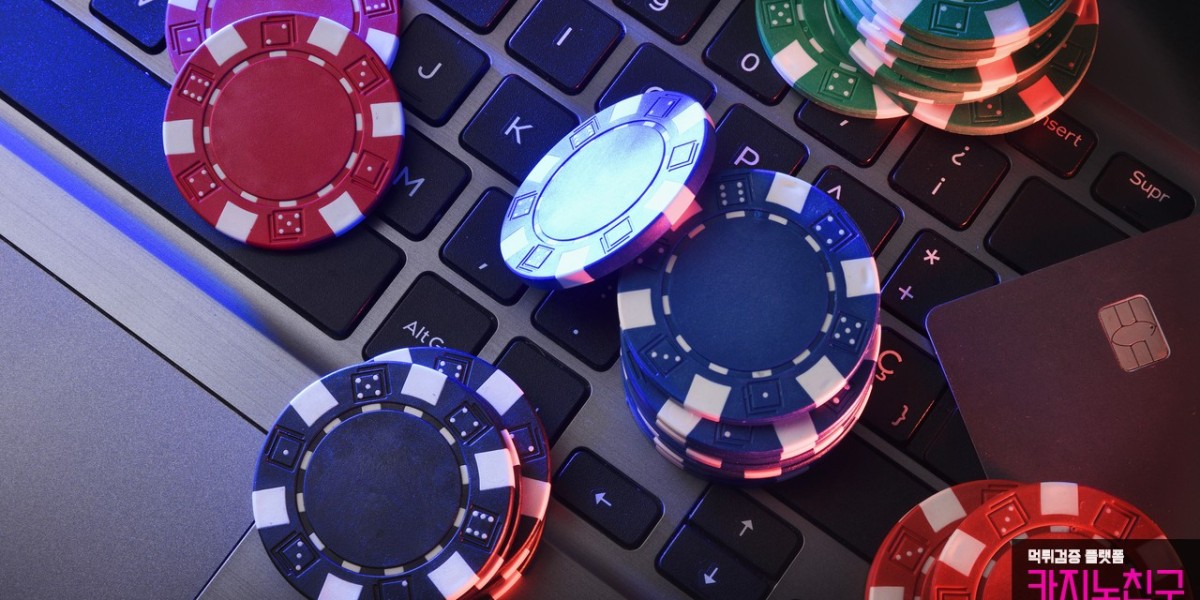Introduction
In a world driven by innovation, networking tools have taken a dramatic leap forward. One of the most fascinating shifts is the transition from paper to digital, especially in how we share contact information. Enter the NFC business card—a modern, sleek solution designed to replace the conventional business card. With a simple tap, these cards transfer data instantly. But there’s a question that many users and businesses are starting to ask: do NFC business cards require internet access to work?
It's a valid concern, especially for professionals who travel frequently, attend trade shows, or work in places with spotty network coverage. This article dives deep into how NFC business cards function, how internet access factors into their use, and what limitations—if any—you might face if Wi-Fi or cellular service is not available.
What is an NFC Business Card?
An NFC (Near Field Communication) business card is a physical card embedded with a small chip that can wirelessly transmit data to smartphones and other NFC-enabled devices. At first glance, it might look like a regular card, but under the surface, it’s equipped with powerful micro-technology.
When someone taps their phone to the card, the embedded chip sends a signal carrying stored data. This data could be a link to your LinkedIn profile, a vCard, your portfolio, or a company landing page. It's seamless, instant, and requires no special app to work—just a device with NFC reading capability.
Unlike QR codes that need to be scanned through a camera, NFC provides a more intuitive tap-and-go experience. That’s one of the reasons why NFC cards are gaining popularity across industries, from tech startups to luxury brands.
How NFC Technology Works
nfc business card is a type of radio frequency identification (RFID) that operates over very short distances—typically 4 centimeters or less. The magic happens when two NFC-enabled devices come into close contact. One device (like your NFC card) is passive, meaning it doesn’t have its own power source. It depends on the active device (such as a smartphone) to initiate and complete the transaction.
The moment the user taps their phone on your NFC card, an exchange of information is triggered. If your card is programmed with a URL or contact information, that data will pop up on their phone instantly. This process doesn’t require pairing, typing, or downloading apps.
It’s worth noting that this is all possible due to a protocol called peer-to-peer communication which makes NFC so efficient and secure. Since there is no need for wires or Bluetooth, the system is straightforward and convenient.
Internet and NFC: What's the Relationship?
This is where things get interesting. NFC itself does not need the internet to operate. The actual communication between your card and a smartphone happens offline, using short-range wireless signals. Think of NFC as a delivery person handing over an envelope—it doesn’t matter if the building has internet; the handoff still happens.
The content that the card delivers—say, a phone number or an email address—can be accessed instantly without needing any network connection. However, the story changes if your NFC card contains a link to an online resource. If the URL directs someone to a website, video, or online profile, then yes, they’ll need internet access to view that content.
So, while the NFC transfer is offline, accessing what’s inside the transfer may not be.
What Happens When Internet is Unavailable?
Let’s imagine a scenario. You’re at a remote outdoor networking event with little to no cellular signal. You tap your NFC card on someone’s phone. The card contains your digital business card stored on a website. The phone receives the link successfully—but the browser won’t be able to load the site without an internet connection.
This highlights the crucial difference: data delivery happens offline, content access depends on being online.
If you programmed your card to send contact details that are stored directly on the NFC chip (like a downloadable vCard file), then the recipient can save your information instantly, without needing internet. But if your card leads to a hosted link, the phone will show a browser prompt and wait for network access.
Where Internet Comes Into Play
Internet plays a supporting role in several parts of the NFC card experience. For instance, when you're setting up your card, most platforms require internet to help you configure the content you want to link to. You may log in to a dashboard and update your digital profile, portfolio, or contact information. All of that backend work relies heavily on online access.
Secondly, many NFC card providers offer analytics—like how many times your card was tapped, who accessed it, and when. These features obviously need an internet connection to track and sync this data.
Lastly, cloud-based systems use internet connectivity to ensure real-time updates. If you change your phone number or job title, you don’t need to issue a new card—just update the online record, and every future tap will reflect the change. Again, the magic lies in the backend that’s always connected.
NFC Cards vs Traditional Business Cards
The comparison between NFC and traditional business cards often comes down to functionality. Regular business cards don’t need the internet, NFC does—but only conditionally.
Traditional cards are limited in scope. They can get lost, become outdated, or lack space for all your information. NFC business cards, on the other hand, provide dynamic, editable content, which adds versatility but introduces a dependency on technology infrastructure.
The key difference is adaptability. While the traditional card is static, the NFC card is a living digital tool. That makes it more aligned with modern networking, even if it means occasionally relying on a stable internet connection.
Common Use Cases of NFC Business Cards
In the corporate world, NFC cards are rapidly being adopted for their efficiency. They’re used in sales pitches, at conferences, in startup demos, and even in hiring events. A simple tap can lead a recruiter to a resume, a client to a product demo, or a partner to a LinkedIn connection.
Another advantage is hygiene. Post-pandemic networking often frowns upon physical handouts. An NFC card allows for a touchless, efficient, and green way to share information.
Artists use them to lead fans to portfolios. Freelancers direct prospects to booking forms. Business owners link to reviews or promotional videos. These real-time interactions are exactly where NFC shines.
Security and Data Control
A major question that arises with any smart technology is about security. Thankfully, NFC is inherently secure due to its short-range nature. Data can’t be intercepted from a distance, unlike Wi-Fi or Bluetooth.
Most platforms also allow password-protected links or limited access settings, adding another layer of control. If your card links to a secure website or encrypted form, only authorized users can proceed.
Moreover, because you control the backend, you can disable or change links at any time. That means if a card is lost or misused, you can quickly revoke access, something impossible with printed cards.
Offline Scenarios: How NFC Still Delivers
One of the most surprising benefits of NFC business cards is how functional they remain, even offline. You can embed certain types of data directly onto the chip—like a phone number, email, or short text note. These will work anywhere, anytime.
If you anticipate poor internet access at an event, you can pre-load your card with offline-compatible content. That way, you’re not relying on whether the recipient has a signal or not.
In this sense, NFC offers the best of both worlds: instant delivery with optional connectivity.
Internet Dependency in NFC Card Features
Here is a quick look at which features depend on internet and which ones don’t.
NFC Feature | Requires Internet? | Description |
Basic NFC data transfer | No | Tap and transmit works offline |
Embedded phone number/email | No | Opens contact app directly |
URL to a website or portfolio | Yes | User needs internet to view |
Dashboard updates | Yes | Change info via cloud portal |
Real-time analytics | Yes | Tracks card usage online |
Downloadable vCard (on chip) | No | Contact info saved locally |
Hosted video or form | Yes | Needs internet to access |
Future of NFC Business Cards
The potential of NFC business cards is just starting to unfold. As 5G and better global connectivity expand, the reliance on real-time data access will no longer be a bottleneck. More devices, especially in developing regions, are becoming NFC-capable, making the technology even more accessible.
Artificial intelligence could be integrated in the near future, automatically updating your profile based on your calendar, emails, or CRM inputs. Even augmented reality could be linked to NFC, offering an immersive experience through a simple tap.
And as sustainability becomes a priority, digital business cards offer a compelling case for going paperless—without losing the personal touch.
Final Thoughts
So, do NFC business cards require internet access to work? The answer is both yes and no. The tap and transfer—NFC’s core strength—works completely offline. But if your card’s content lives online, accessing it will depend on network availability.
The beauty of NFC business cards is that they offer flexibility. You can build them to work in offline settings or lean into their internet-based potential. Either way, they offer a smarter, more dynamic way to connect in the modern world.
If you're considering switching to NFC, don’t let internet concerns stop you. With the right setup, these cards can function brilliantly—online or off. Just plan your content wisely, and your networking game will be stronger than ever.








